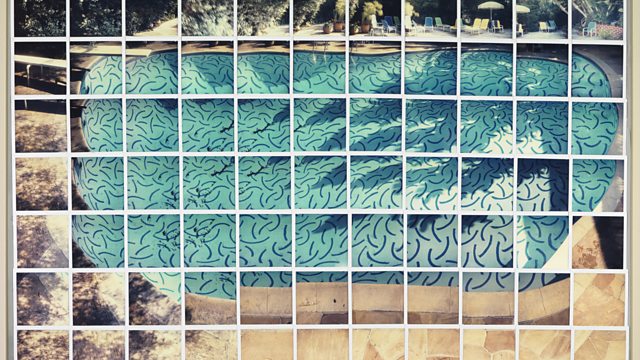Polaroid Perceptions
Sir Ian Blatchford and Dr Tilly Blyth on the influence of Polaroid's instant snapshot in exploring human colour perception and new art forms creating moments in space and time
Sir Ian Blatchford and Dr Tilly Blyth continue their series exploring how art and science have inspired each other with a focus on the Polaroid snapshot.
Edwin Land’s invention of near instantaneous photographs without the need for a darkroom, opened up an exciting new chapter of artistic expression and turned the snapshot into a way of exploring human perception.
As Tilly reveals, Land’s pioneering research lab at Polaroid was a convergence of art and technology. It led to new insights into how we as humans perceive coloured objects under many different conditions.
Land’s experimentation closely paralleled artist David Hockney’s foray into Polaroid photography in the early 1980’s His “Sun on a Pool Los Angeles” is a composite of 77 Polaroid snaps from different close up positions of the same scene. As Ian illustrates, Hockney set out to manipulate time and space in an attempt to turn a scene captured instantaneously by a camera, into one which more realistically reflects how we see in real life.
Producer Adrian Washbourne
Produced in Partnership with The Science Museum Group
Image reproduced permission of David Hockney Studios
Last on
More episodes
Previous
Next
Broadcasts
- Tue 15 Oct 2019 13:45��ѿ��ý Radio 4
- Tue 22 Jun 2021 19:45��ѿ��ý Radio 4


